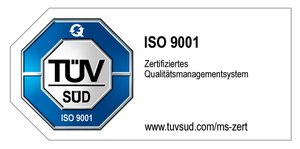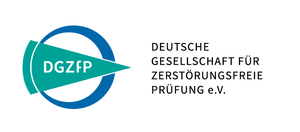Artifacts
Artifacts are undesired patterns or distortions in the images created by industrial computed tomography (CT). These artifacts can be caused by various factors, such as errors in the measurement system, the properties of the object itself, or the CT scanning process.
A common cause of artifacts is metal parts or other dense materials in the object, which absorb X-rays and can lead to signal loss. This can result in image distortions or "shadows" in the area around the metal. Incorrect calibration or settings of the CT can also cause artifacts, leading to uneven contrasts or unclear structures in the image.
Another reason for artifacts can be the presence of movement during the scan process. If the object moves during the scan, it can lead to blurry or unclear images.
Artifacts can impair the CT's diagnostic ability and make it difficult to achieve accurate results. However, CT experts can apply various techniques to minimize or correct artifacts, such as adjusting CT scan parameters, using special fixtures to stabilize the object, and using post-processing software to reduce or remove artifacts.
There are various types of software that can be used in industrial computed tomography (CT) to avoid or correct artifacts. Here are some examples:
- Calibration software: This software can be used to calibrate the CT and ensure that measurements are accurate. Precise calibration can help minimize artifacts.
- Motion compensation software: This software can be used to reduce artifacts caused by object movements during CT scanning. The software detects the movements and corrects the images accordingly.
- Image enhancement software: This software can be used to improve image quality and reduce artifacts. Examples include filter and distortion-correction algorithms that can remove noise and improve the signal.
- Post-processing software: This software is used after the CT scan to correct or remove artifacts. Examples include distortion and correction algorithms that can reduce or remove distortions or artifacts in the image.
The choice of software depends on various factors, such as the type of object being scanned, the type of artifacts that have occurred, and the specific CT equipment and software being used. Typically, CT experts work closely with the CT equipment manufacturer to select and use the best software to avoid artifacts.
We find the perfect solution for your project.
Contact us if you have questions to our services in the area of 3D metrology. We are looking forward supporting you in your success.



